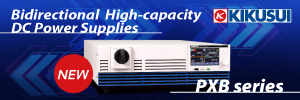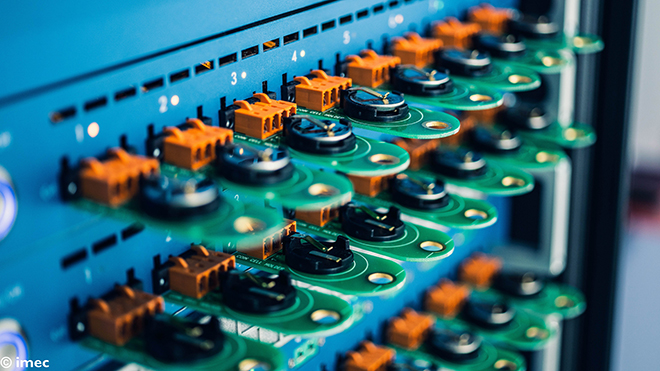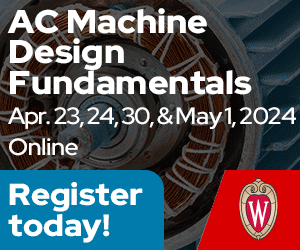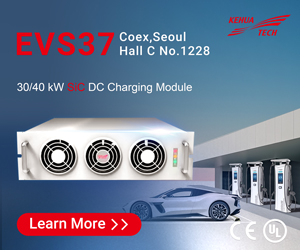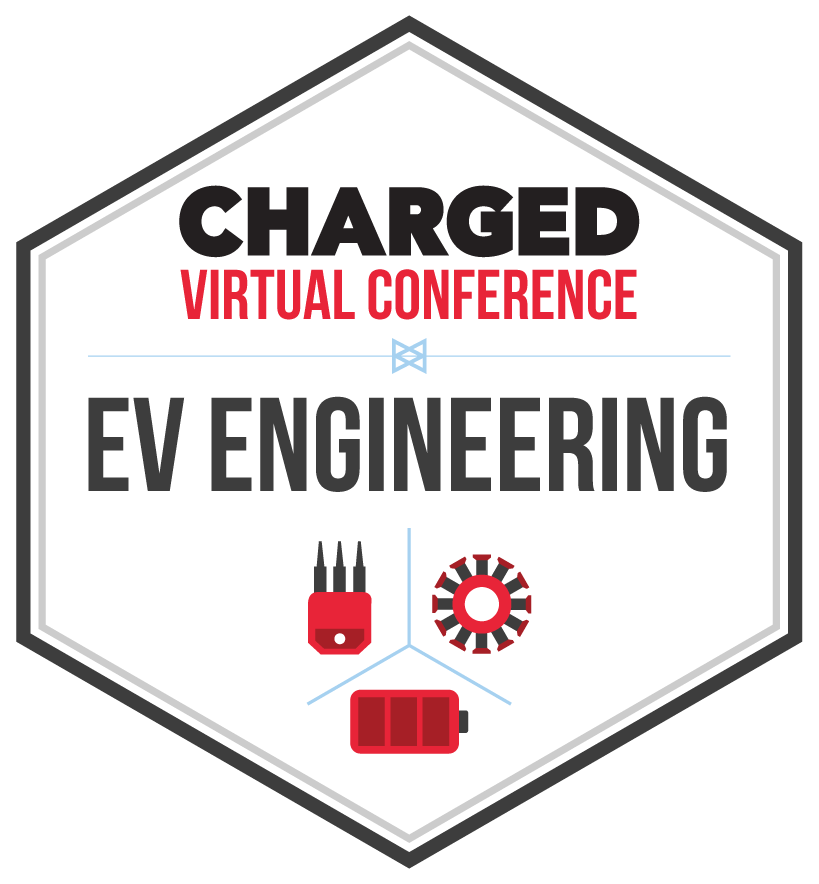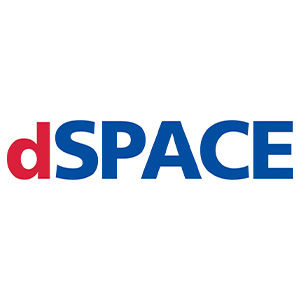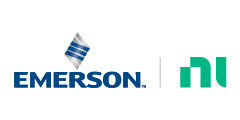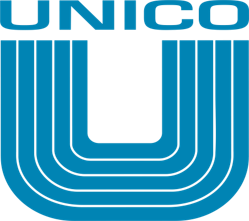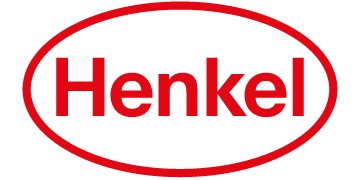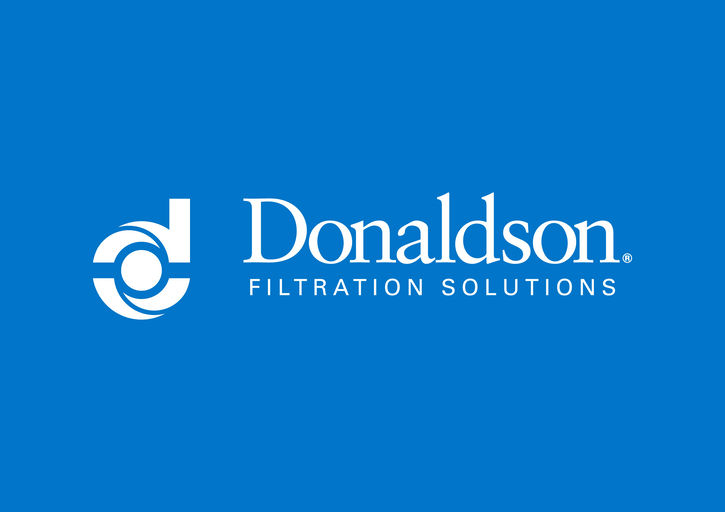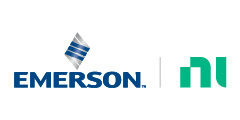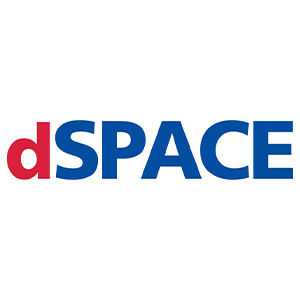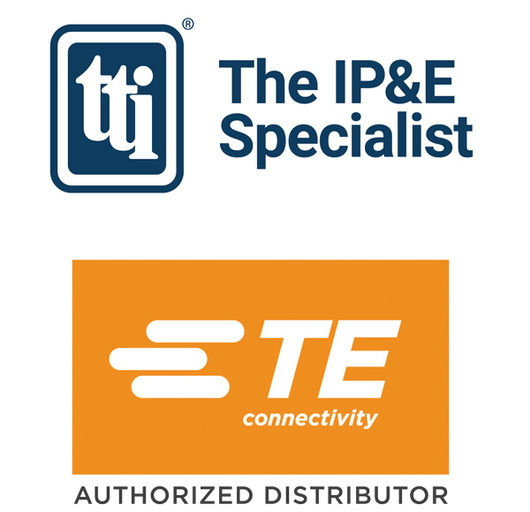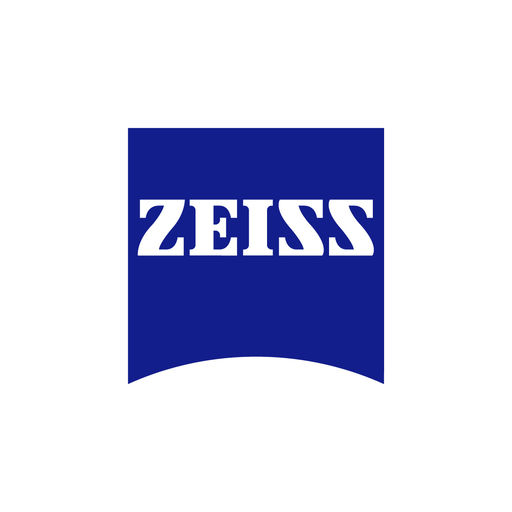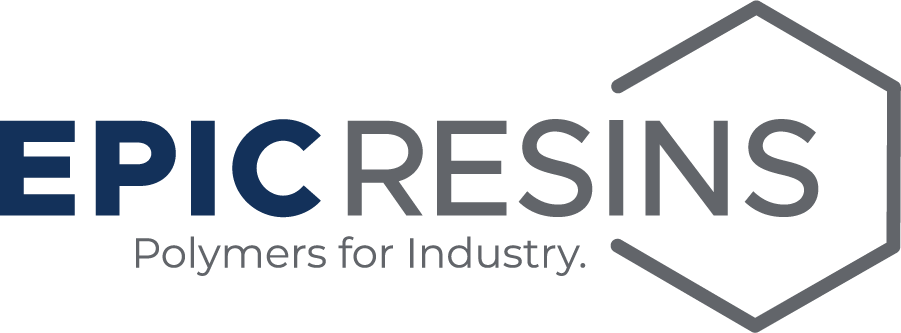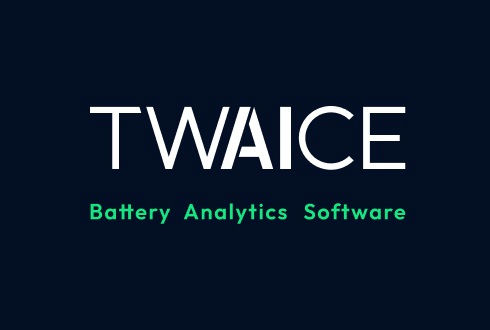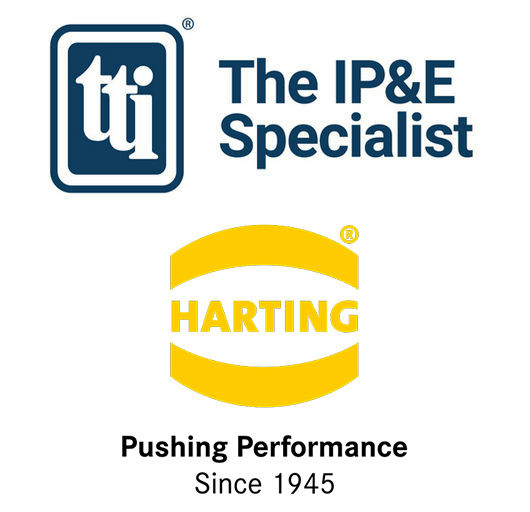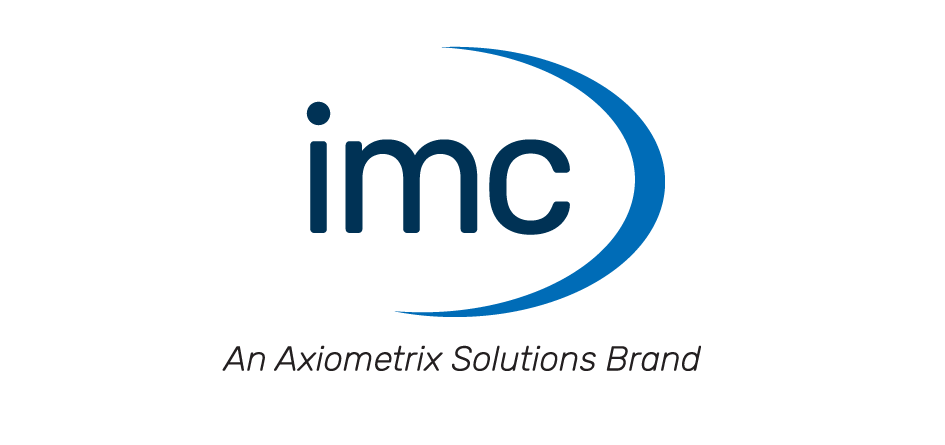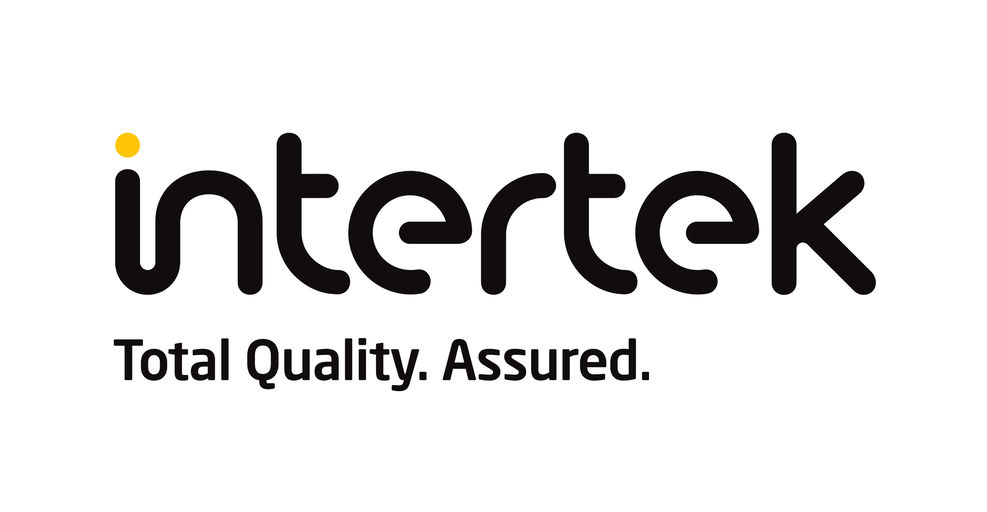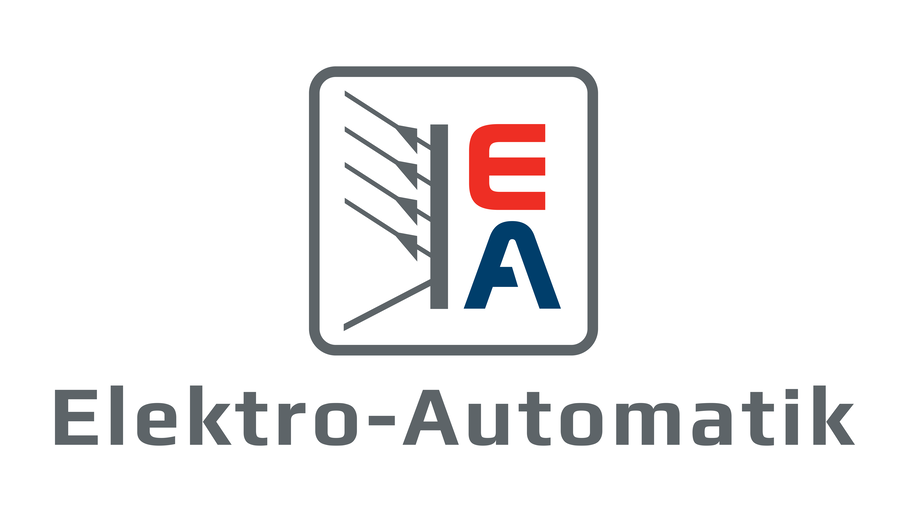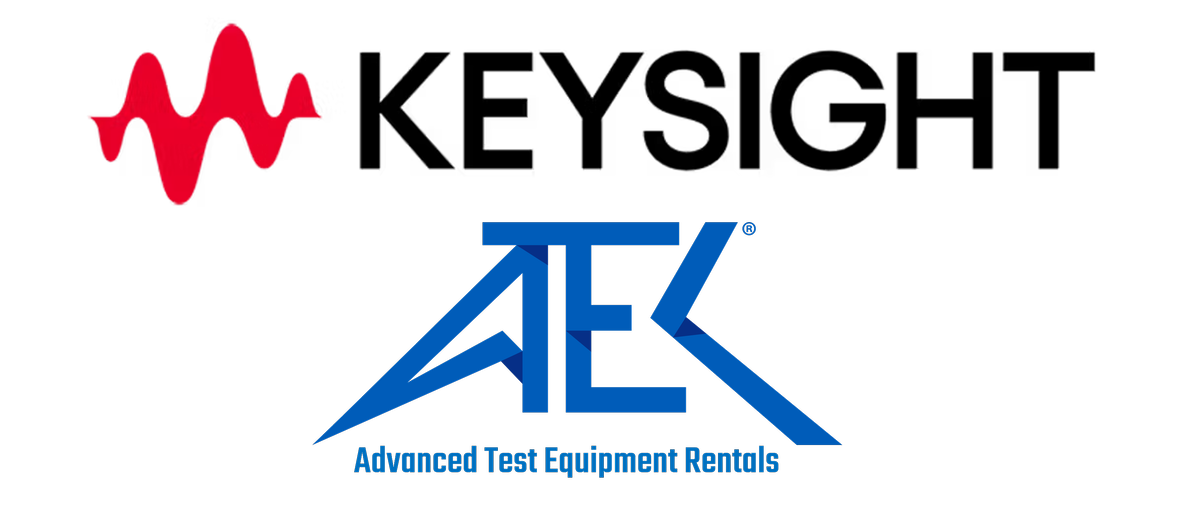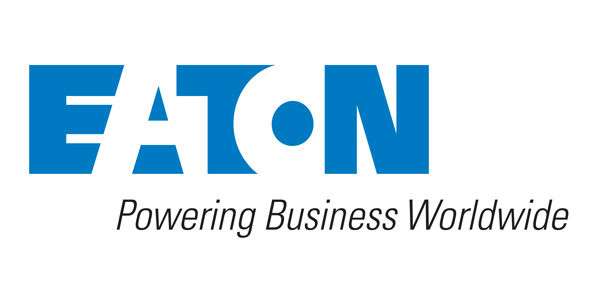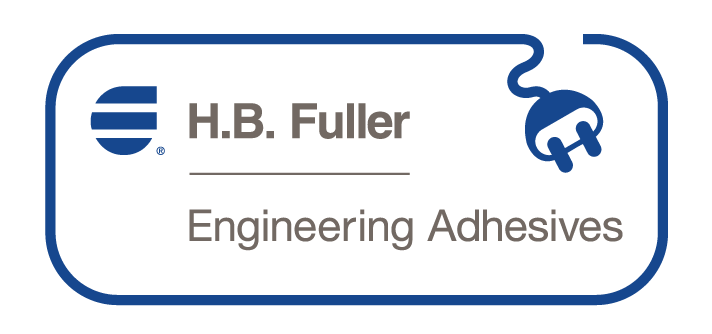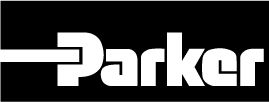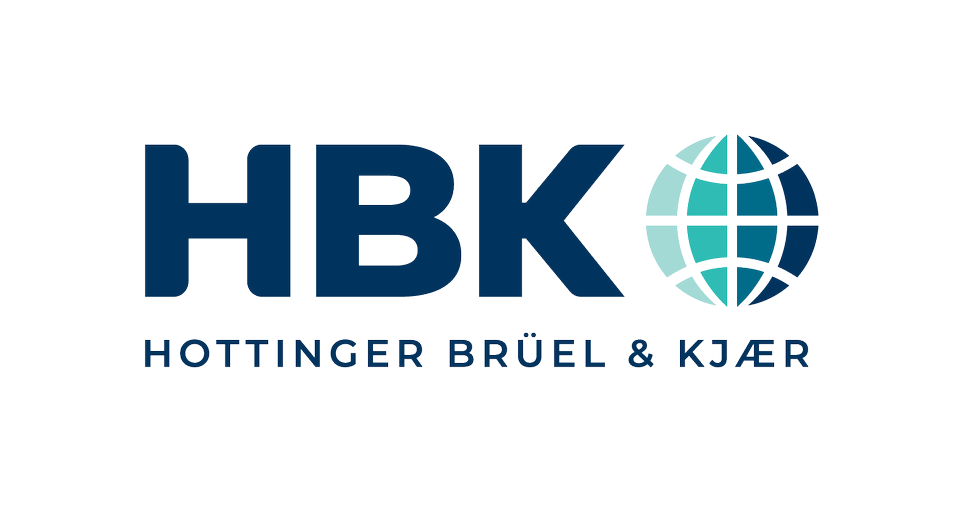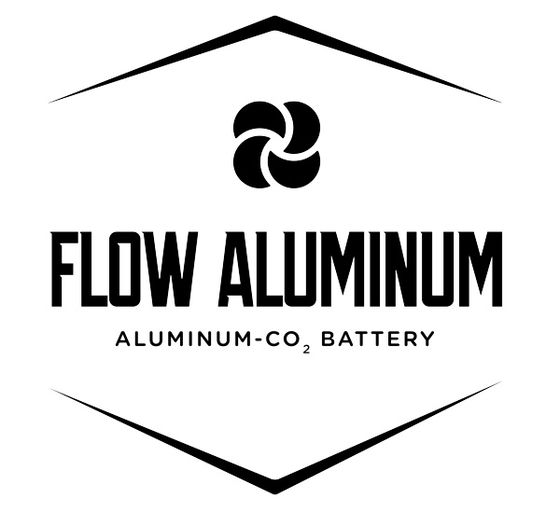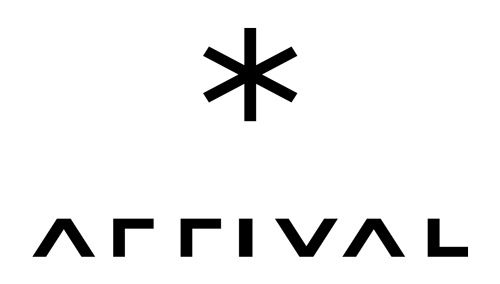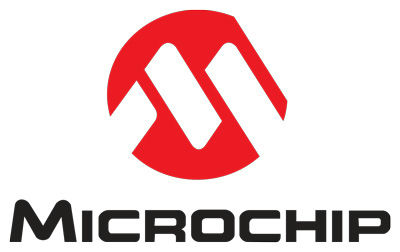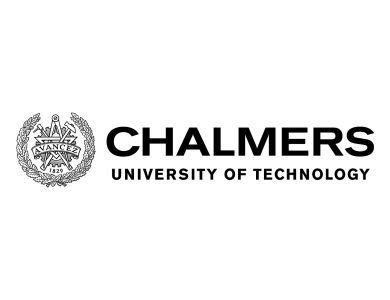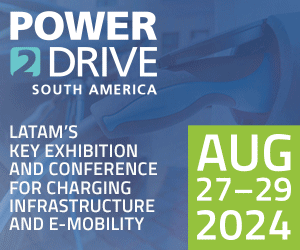Imec, a Belgian research firm focused on nanoelectronics, has unveiled a solid-state Li-metal battery cell with an energy density of 400 Wh/liter at a charging speed of 0.5C (2 hours). As part of a larger engineering roadmap for solid-state batteries, imec aims to surpass wet Li-ion battery performance and reach 1,000 Wh/L at 2-3C by 2024.
The solid nanocomposite electrolyte that imec’s R&D center has developed has a conductivity of up to 10 mS/cm, with a potential for even higher conductivities, says imec. The new material is applied as a liquid via wet chemical coating and is converted into a solid only after it is in place in the electrodes. In this way, it can be cast into dense powder electrodes, where it fills all cavities and makes maximum contact, similar to liquid electrolytes.
Using this solid nanocomposite electrolyte in combination with a standard lithium iron phosphate (LFP) cathode and lithium metal anode, imec was able to fabricate the 400 Wh/liter battery, which imec says is double its results from last year.
The company also announced that it has started upscaling the materials and processes in a pilot line for fabrication of solid-state pouch cells at its EnergyVille Campus in Genk, Belgium. The 300-square-meter battery assembly pilot line includes a dry room of 100 square meters, and allows manufacturing of prototype pouch cells of up to 5 Ah capacities.
Imec says a conventional A4 sheet-to-sheet wet coating-based line is well suited for processing its solid electrolyte and as such, assembly of the new cells could be done with a slight modification of existing Li-ion manufacturing lines.
Philippe Vereecken, Scientific Director at imec/EnergyVille, said, “The new battery demonstrates that our breakthrough electrolyte can be integrated in performant batteries. The pilot line allows us to take the next step and upscale the battery breakthrough to industrially relevant processes and formats, using manufacturing processes similar to those for wet batteries.”
Source: imec



